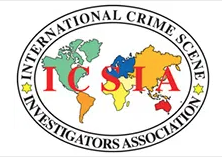Introduction
to Forensic Scientists
Career
Paths in Forensic Science
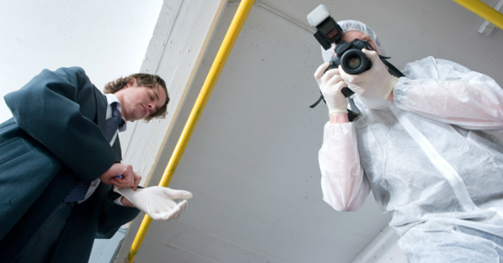
Figure 1 Microsoft
Bing
There are many career options in forensic
science. Let's look at some specialties within the field.
Follow along pages 13-17 in your text.
Computer
and Digital Forensics
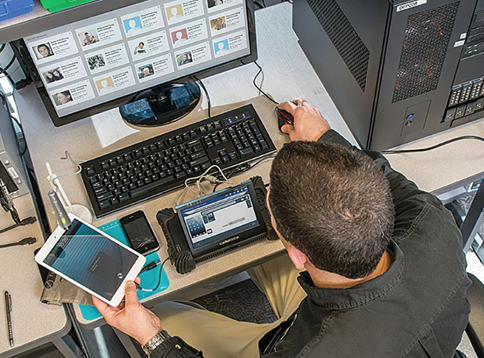
Figure 2 Microsoft
Bing
Cybercrime has become a big problem with our
dependency on technology increasing nationally and worldwide. A report from
CNBC.com states that "cyber theft is the fastest -growing crime in the US
and cost the global economy more than $450 billion in 2016". On top of cybercrime,
criminals who commit murder or assault, rob a gas station or department store,
or commit other crimes use cell phones, computers, and other technologies. Therefore,
the demand for computer and digital forensics scientists and investigators is
strong. Computer and digital forensic scientists conduct digital forensic
examinations of all types of technology that share information.
For more information, check out:
High Technology Crime Investigation Association
International Association of Computer
Investigative Specialists
Fun fact: US. News & World Report recently
ranked the career of Forensic science technicians as one of the top ten science
careers.
Crime
Scene Investigation
A crime scene investigator CSI is one of the
most popular types of forensic scientists. CSI collects evidence at violent
crime scenes, burglaries, fires, car theft and accidents, suicides, and other
incidents or accidents.
CSI's go by many names:
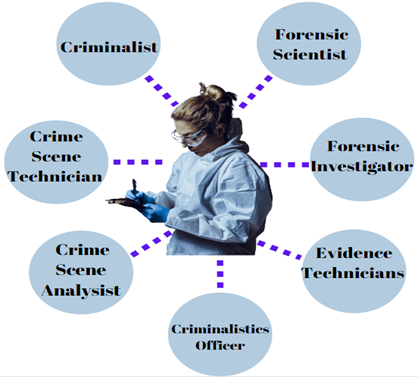
CSI's used to be specially trained police
officers in forensic investigation. There are still many specially trained
officers working as CSIs. A person must not be a police officer to work as a
CSI. Many departments hire civilian workers with bachelor's degrees in natural
science, such as chemistry, biology, or forensic science. On top of crime scene
investigations and laboratory work, CSI may appear in the courtroom.
Crime Scenes
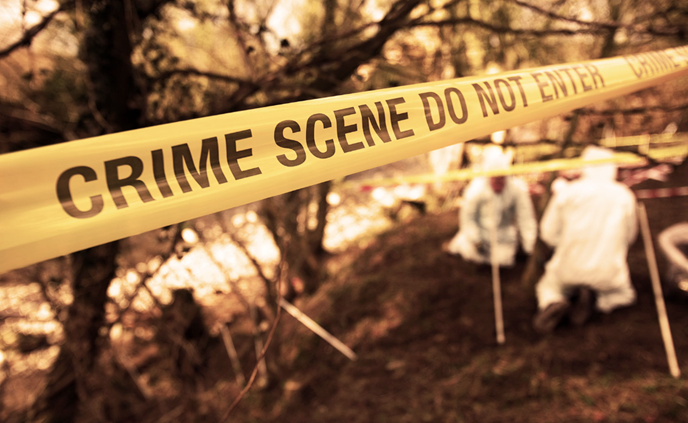
Figure 3 Microsoft Bing
CSI has many responsibilities at crime scenes.
They secure all evidence in an area, protect it from being disrupted or
tampered with, and decide what evidence needs to be collected, such as
fingerprints, bodily fluid, weapons, and bullet castings. Another task they often
perform during crime scenes is taking photographs and videos of crime scenes
and evidence, casting a footprint, tire marks, and tool mark impressions. They
make sketches of the crime scene and take notes about the position of evidence,
weather conditions, and other details. This all becomes useful information to
reconstruct a crime scene.
Let's Practice
Laboratories
After all, evidence is collected, CSI work in
laboratories to conduct biological, chemical, genetic, and microscopic analyses.
They also consult and follow instructions from a forensic chemist, toxicologist,
biologist, and another scientist. When done, they often write a report about
their findings.
Courtrooms
CSI need excellent communication skills as they
are often called to testify about their findings in legal and civil
proceedings.
How do I
become a CSI?
Figure 4 ICSIA website
Further
Resources
Association for Crime Scene Reconstruction
International Association of Bloodstain pattern
analyses
International Crime Scene Investigators
Association
 Complete the questions for this
section.
Complete the questions for this
section.
